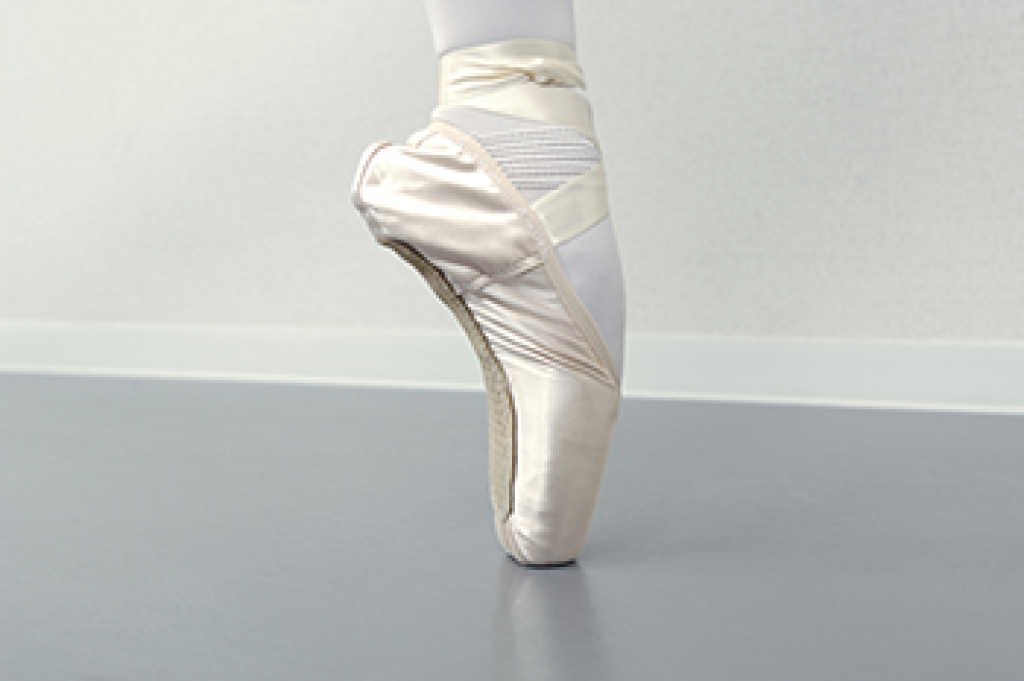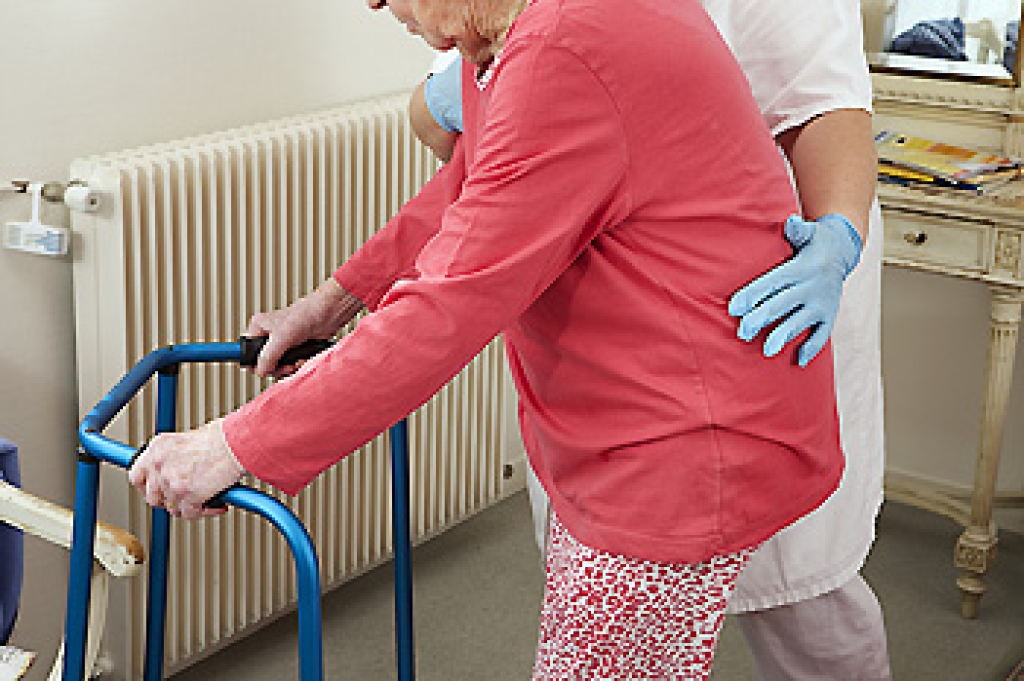Articulation of the Foot in Ballet

In ballet, the foot plays a critical role in creating beautiful lines and executing precise movements. As dancers move through various positions, the articulation of the foot is essential for proper alignment and fluidity. The foot begins with a natural flexed position, progressing into a pointed position during both plié and tendu exercises. The articulation of the toes and the arch is especially important in pointe work, where the foot must maintain a perfect alignment from the toes up to the shin. Pointe work requires the foot to fully extend while bearing the dancer’s entire body weight on the tips of the toes. Proper foot awareness is essential in maintaining control and preventing injury. A dancer must constantly engage the muscles of the foot, including the intrinsic muscles, to ensure the arches are lifted and the foot remains stable throughout each movement, enhancing both strength and grace. If you are a ballet dancer and have injured your foot or ankle, it is suggested that you confer with a chiropodist who can treat various foot conditions, and guide you on the importance of practicing effective foot stretches.
The biomechanics of your feet play an important role in your foot health. To learn more, please consult with one of the chiropodists from The Footcare Centre. Our chiropodists can help you maintain the health of your lower limbs and your mobility.
Foot biomechanics refers to the study of the structure, function, and motion of the feet. The feet and ankles are a complex system consisting of many bones, joints, ligaments, muscles, and tendons that work together to move your feet. Understanding the unique biomechanics of your own feet can help you and your chiropodist make informed decisions about your foot health care. This includes decisions about the best preventive measures to avoid foot pain, the best treatment options for various foot problems, and finding the best shoes for your feet.
If you have any questions please feel free to contact our office located in Niagara Falls, ON .
Foot Strengthening Exercises for Pointe Ballet

Foot strengthening is essential for dancers preparing to perform on pointe because it enhances stability, control, and flexibility. Several exercises can be done using everyday tools like hair elastics, hand towels, and tennis balls. A hair elastic can be placed around the toes to provide gentle resistance, encouraging toe flexibility and strength when stretched. Place a hand towel on the floor and use the toes to scrunch the towel toward the feet, a great exercise for building the arch muscles. A band can provide resistance while performing ankle rotations or flexing and pointing the toes, helping to improve overall strength and flexibility. Additionally, rolling a tennis ball under the foot is a fantastic way to relieve tension and massage the muscles, increasing circulation. If you have foot pain, it is suggested that you consult a chiropodist who can provide treatment and recommend specific exercises that can strengthen the feet.
Stretching and strengthening your feet is very important for maintaining your foot health. If you would like to learn more about exercises for your feet, please consult with one of the chiropodists from The Footcare Centre. Our chiropodists can help you maintain the health of your lower limbs and your mobility.
There are a variety of relatively easy-to-do exercises that can boost the strength, flexibility, and mobility of your feet, as well as relieve foot pain.
Strength exercises:
- Toe splay - Spread the toes apart and hold for several seconds; improves control over toe muscles
- Toe curls - Scrunch up a towel with your toes; strengthens the flexor muscles
- Marble pickup - Pick up marbles with your toes; strengthens the muscles on the undersides of the feet and toes
- Walking on sand - Stretches and strengthens feet and calves
Flexibility exercises:
- Heel raises - Raise the heels while keeping toes on the ground
- Toe point - Raise the heels while pointing the toes, keeping just the tips of toes on the ground
- Toe curl - Raise the heels while curling the toes inwards, keeping just the tips of toes on the ground
- Big toe stretch - Use your hands to gently stretch your big toes up, down, and to the side
Exercises for foot pain:
- Toe extension - Gently pull the toes up towards the ankle and hold for several seconds
- Ball roll - gently roll a golf or tennis ball underneath the arches of the feet
If you have any questions please feel free to contact our office located in Niagara Falls, ON .
Footwear and Falls Prevention

Wearing proper footwear is essential to reducing the risk of falls, especially for seniors or those with balance issues. Supportive, well-fitted shoes provide stability, improve traction, and help maintain proper alignment. Poorly chosen footwear, such as high heels, loose slippers, or worn-out soles, can increase the likelihood of slips or trips. Proper footwear should have a non-slip sole, low heels, and a secure fit around the foot. Avoid wearing shoes that are too tight or too loose, as they can affect balance. Look for shoes with cushioned insoles to absorb shock and reduce fatigue during movement. If a fall occurs, it is suggested that you consult a chiropodist to assess and treat any foot or ankle injuries, which could lead to chronic issues, if ignored.
Falls are a major cause of injury among the elderly. To learn more about preventing falls or to get treatment following a foot or ankle injury caused by a fall, please consult with one of the chiropodists from The Footcare Centre. Our chiropodists will assess your condition and provide you with quality foot and ankle treatment.
Falling is one of the leading causes of injury among the elderly. It is said that about 50% of falls that result in hospitalization occur in the home. Fortunately, there are steps that you can implement to reduce your risk of falling in the home.
Tips to Prevent Falls at Home:
- In the bathroom - Place non-slip mats in the shower or tub, install grab bars near the toilet and bath, and wipe up any moisture or spills as soon as possible.
- In the living rooms and bedroom - Remove loose wires, cords, or other objects that may be an obstacle to moving around safely. Make sure that you have good lighting throughout the home so that you can always see where you are going. Get rid of any rugs or mats that are not firmly anchored or that may cause you to trip. When walking around the home, move slowly.
- In the kitchen - Store food and supplies in easily accessible areas, store heavy items in lower cupboards, and wipe up any spills immediately to prevent slipping.
- On the stairs - Make sure that the stairs are well-lit and have secure handrails. Walk slowly when ascending or descending the stairs.
- Outside - Keep walkways well-lit and clear of snow, ice, leaves, and man-made tripping hazards.
Maintaining your overall health, including the health of your feet, can also help to prevent falls. Eat a healthy diet, exercise regularly, and wear well-fitted, comfortable, and supportive shoes. If you have a mobility device, such as a cane, use it while walking.
If you have any questions please feel free to contact our office located in Niagara Falls, ON .


